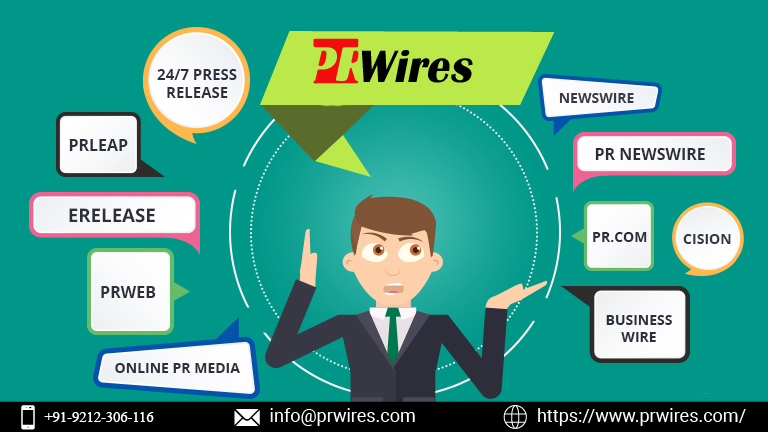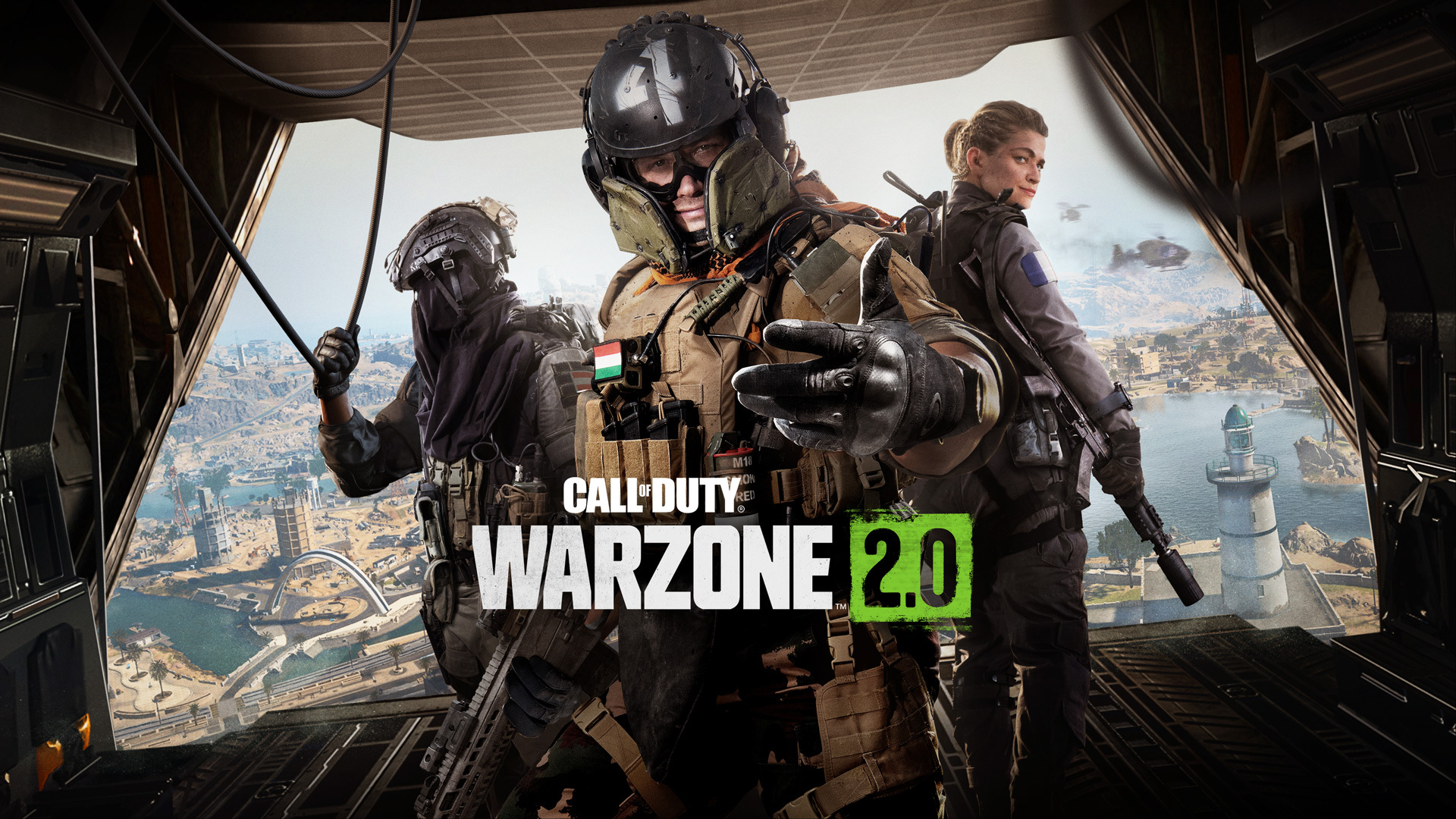Clothes Printing: Which Is the Best Method?

Clothes printing has become an essential part of the fashion industry, custom merchandise, and even personal projects. With a variety of printing methods available, choosing the best one depends on the type of design, fabric, quantity, and budget. We have a clothes printing shop in Dallas and if you search for clothes printing shop near me you will find us. This article explores popular printing techniques, their advantages, and their ideal use cases to help you determine the best method for your needs.
Popular Clothes Printing Methods
Screen Printing
Screen printing, also known as silk screening, is one of the oldest and most popular printing methods. It involves creating a stencil (or screen) for each color in the design and using it to apply ink onto the fabric.
-
- Advantages:
- Highly durable and long-lasting prints.
- Vibrant colors with excellent opacity.
- Cost-effective for bulk orders.
- Drawbacks:
- Limited to designs with a few colors.
- High setup cost for small quantities.
- Best For:
- Bulk orders like promotional T-shirts, uniforms, and sportswear.
- Advantages:
Direct-to-Garment (DTG) Printing
DTG printing uses specialized inkjet technology to print directly onto fabric. It’s a digital process that allows for detailed and multicolored designs.
-
- Advantages:
- High detail and color accuracy.
- No setup costs for small orders.
- Works well with complex, multicolored designs.
- Drawbacks:
- Less durable compared to screen printing.
- Slower production speed.
- Best For:
- Small batches, one-off designs, or intricate artwork.
- Advantages:
Sublimation Printing
Sublimation printing uses heat to transfer dye directly into polyester-based fabrics. This process creates vibrant and permanent prints that become part of the fabric.
-
- Advantages:
- Extremely durable and fade-resistant.
- Vibrant, full-color designs with no cracking.
- Ideal for all-over prints.
- Drawbacks:
- Limited to polyester fabrics and light-colored garments.
- Not suitable for cotton or dark fabrics.
- Best For:
- Activewear, promotional items, and polyester-based clothing.
- Advantages:
Heat Transfer Printing
Heat transfer involves printing a design onto transfer paper, which is then applied to the garment using heat and pressure. Variants include vinyl transfers and inkjet transfers.
-
- Advantages:
- Versatile and suitable for small quantities.
- Works on various fabric types.
- Ideal for personalized and custom designs.
- Drawbacks:
- Less durable than screen printing or sublimation.
- Can peel or crack over time.
- Best For:
- Personalized gifts, small custom orders, or DIY projects.
- Advantages:
Embroidery
Although not technically a printing method, embroidery involves stitching designs directly onto fabric using colored threads. It’s a popular choice for branding.
-
- Advantages:
- Extremely durable and long-lasting.
- Adds a premium, textured look.
- Ideal for logos and simple designs.
- Drawbacks:
- Limited to specific designs (e.g., no intricate or photo-realistic images).
- Higher cost for complex patterns.
- Best For:
- Corporate clothing, uniforms, and caps.
- Advantages:
Choosing the Best Printing Method
When deciding on the best printing method, consider the following factors:
- Quantity:
- For bulk orders, screen printing is the most cost-effective.
- For small batches or single pieces, DTG or heat transfer works best.
- Fabric Type:
- For cotton garments, screen printing or DTG is ideal.
- For polyester-based fabrics, sublimation is the go-to method.
- Design Complexity:
- For intricate, multicolored designs, DTG or sublimation provides better results.
- For simpler designs, screen printing or embroidery is more practical.
- Durability Requirements:
- For long-lasting prints, screen printing or sublimation is recommended.
- Heat transfer may suffice for short-term use or fashion items.
- Budget:
- Screen printing is cost-effective for large quantities but expensive for small runs.
- DTG and heat transfer are budget-friendly for small orders but may not be ideal for bulk production.
Conclusion
The best clothes printing method ultimately depends on your specific needs. For high-quality, durable prints in large quantities, screen printing is unmatched. If you need detailed, multicolored designs for small orders, DTG is a fantastic option. Sublimation excels for polyester fabrics, while heat transfer is perfect for personalized, one-off creations. By understanding the strengths and limitations of each method, you can choose the right one to bring your designs to life and make your garments truly stand out.
What's Your Reaction?
















